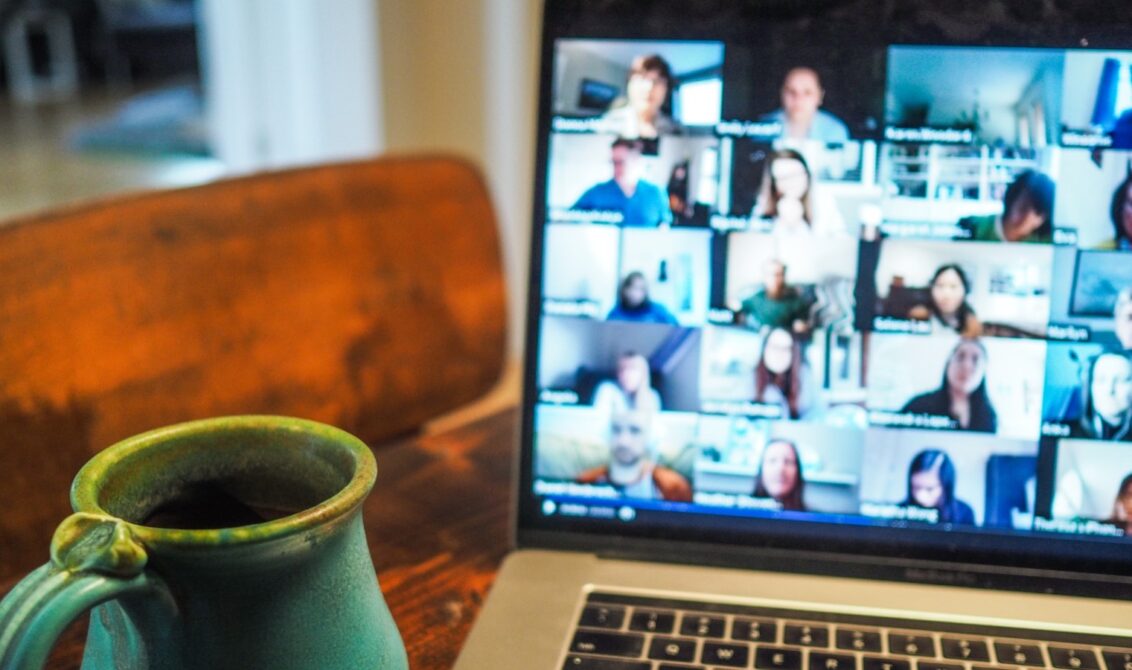
Sharon Hague, Senior Vice President of Pearson Qualification Services, shares her thoughts on the clear challenges ahead as global education makes the switch to online learning.
COVID-19 has caused millions of students and teachers to switch to online learning at rapid pace. This shift has highlighted the extraordinary impact online learning can have and at the same time exposed the challenge of making it accessible to everyone.
As the world has moved online, schools up and down the country have had to react fast. The past few months have been gruelling for everyone in the sector. While schools navigate further uncertainty, they’re also being asked to develop remote education and integrate it into their curriculum planning. The shift online is real – but is it any good? And do we have the infrastructure to support it?
Irreversible change
We’ve been talking about a digital ‘tipping point’ for years, but now really does feel like a moment of permanent change. People are no longer viewing education as just a physical, bricks-and-mortar location, but also as an activity you can do anywhere, anytime. I think this time round the change is irreversible and there is plenty of data now to back it up.
A recent OECD survey across 59 counties shows that just 22% of schools planned to return immediately to a full schedule of lessons and student attendance. Yet nearly 60% said they would move towards a hybrid model of distance and classroom learning – a statistic almost unthinkable just six months ago.
Students agree. Pearson Research shows 88% of students globally believe online learning will be a permanent part of education moving forward.
Remote revolution
When the pandemic first hit, there was a surge in online learning. Students were at home and teachers and parents had to quickly adapt and embrace a ‘new normal’. During this period, engagement soared and online learning quickly proved itself a helpful tool. At Pearson, for example, we had more than 450,000 families sign up, free of charge, for The Maths Factor in the three months following schools’ closures, with children answering an astonishing 99 million maths questions.
But this is just the beginning.
If we want to get the most out of online learning, the first thing we need to do is embrace a different pedagogy. One thing we all learned during the first lockdown, is that not all children can sit down in front of a screen all day and be expected to replicate the traditional classroom experience on Zoom or Microsoft Teams. That doesn’t work for all.
A good example of what does work can be found in virtual schools in the U.S. At Pearson’s Connections Academy, where over 70,000 children are taught online every year, students spend around 25% of classroom time on screen in lessons with their teachers and 75% working through their activities independently. A great deal of time and effort is spent in designing the material covered independently to reinforce what has been taught during the lesson as well as to stretch and challenge. This is underpinned by rigorous monitoring and assessment to aid the teachers in understanding what each student has learnt and the appropriate next steps.
Interestingly, teachers have told us that monitoring learning remotely has been their biggest problem to solve during the pandemic. As schools continue to shift to online learning, the ability to better monitor what students can do is a big advantage. There’s an opportunity here not just to achieve the same results as traditional in-school teaching, but to surpass them.
Narrowing the gap
But we can’t be complacent. For all of the positives we can draw from this year, we must also accept the reality of the digital divide that exists – both geographic and demographic. Education is the single biggest force for change in our world. Everyone should have access to it. Yet, if anything, the COVID-19 pandemic has exposed an even greater digital chasm.
Rather worryingly, recent estimates suggest that around a million families across the UK alone don’t have access to a device or connectivity at home. The UK government’s initiative to provide laptops, tablets and internet via schools to the most disadvantaged learners is commendable. But for me, the key point is that accessibility isn’t just about the physical device, it’s also about a learner’s experience when using that device. More needs to be done in both areas if we’re to make remote learning a success for all.
Against this backdrop, I spoke recently at a webinar hosted by EPI on the subject of ‘Narrowing the gap, tackling the digital divide’. I argued that the switch to online learning is not a new trend but, instead, that COVID-19 has been a catalyst that’s rapidly accelerated something already happening. We all know there are clear challenges ahead. We all know that children’s home environments are not equal. But I do think, with the right access, online learning will be a force for good and a great equaliser.
Investing in the future
Some people will make the case that not all online learning is up to scratch. Why would it be? The rapid changes this year have led to a huge amount of development. Not all of it will be good. The fact is, quality online learning will take just as much investment as good bricks-and-mortar education does.
So, the most important thing right now is that the whole sector works together to improve the quality moving forward. It requires deep thinking into the pedagogy of how teaching and learning come together, how technology and curriculum feed into that, and how we support teachers and involve parents along the way.
One thing that’s clear is online learning is here to stay. Will the sector pass the test? We have to.

